This article was co-authored by wikiHow Staff. Our trained team of editors and researchers validate articles for accuracy and comprehensiveness. wikiHow's Content Management Team carefully monitors the work from our editorial staff to ensure that each article is backed by trusted research and meets our high quality standards.
There are 12 references cited in this article, which can be found at the bottom of the page.
This article has been viewed 35,898 times.
Learn more...
Amongst the most well paid healthcare professionals in the US, nurse practitioners are registered nurses who have completed advanced training in nursing and hold the ability to diagnose illnesses and work with physicians to develop treatment plans.[1] If you want to become a nurse practitioner in California, you must obtain a bachelor's degree in nursing, then a state license and a graduate degree with a specialization, and finally certification.
Steps
Obtaining a Registered Nurse License in California
-
1Get a bachelor's degree in nursing. Before becoming a nurse practitioner, you must first become a registered nurse by completing a bachelor of science program in nursing, typically lasting three to four years.[2] A bachelor’s degree in nursing qualifies you to enter a graduate degree program in nursing that is necessary for the nurse practitioner title.
- If you have a bachelor's degree in another program, you might be eligible to enroll in an accelerated bachelor of science in nursing (BSN) program.
-
2Register for licensure. Submit an application for licensure by mail or online at the California Board of Registered Nursing.[3] This is in order to be eligible to take the National Council Licensure Examination (NCLEX), which California registered nurses must pass to qualify for a state license.
- You will need some documents for the registration, including an online identification form, a live scan form (after a background investigation), as well as a request for transcript form signed by you and your nursing school.
- Start the registration process well ahead of the date you are planning on taking the exam since it might take a while and spots at your preferred test site might fill up.[4]
Advertisement -
3Register for the NCLEX. In order to register for the NCLEX and pay the exam fee, go to the Pearson VUE online system, available at https://portal.ncsbn.org. Once the board of nursing/regulatory body declares you eligible based on your licensure application, they will send you an Authorization to Test (ATT) email, which you will need in order to take the NCLEX.[5] After you receive the ATT email, schedule an appointment to take the exam with Pearson VUE.
- Make sure you take the test within the ATT validity dates (usually lasting for 90 days).
-
4Prepare for and then take the NCLEX. The NCLEX is intended to test your medical knowledge and nursing skills. In order to familiarize yourself with the exam, read the candidate bulletin on the website of the National Council of State Boards of Nursing (NCSBN) and learn about its format.[6] Review necessary topics and take many practice tests before taking the exam.
- On the exam day, remember to bring one acceptable form of ID with your first and last name exactly matching the one in the ATT email.
-
5Wait six weeks to receive your results. In California, your results will only be available approximately six weeks after your exam through the California Board of Registered Nursing. If you did not pass the exam, you will receive a candidate performance report, which you can use as a guide to retake the exam.
- You’ll need to wait 45 days between each exam, and you can typically take it eight times a year, although it is best to contact the California Board of Registered Nursing to keep track of any policy changes.[7]
Completing a Nurse Practitioner Training Program
-
1Complete a graduate degree program in nursing. In order to become a nurse practitioner, you must complete an in-state graduate degree program, either a master’s or doctoral degree, in nursing. Once you receive a passing score from the NCLEX and get your state license, you can start applying for programs. Make a list of programs of interest and apply by submitting the necessary documents and paying the application fee.
- Most master of science programs in nursing ask for a list of credentials and documents, including your bachelor's degree GPA, evidence of licensure as a registered nurse, a Graduate Record Examination (GRE) score, personal statement, resume, letters of recommendation, and experience working as a registered nurse.
-
2Take the right coursework. Courses in the graduate degree program should include pathophysiology, communication skills, taking patient histories, psychosocial assessment, normal growth and development, interpretation of laboratory tests, pharmacology, diagnosis, nutrition, emergency treatment, and health maintenance.[8]
- Make sure the training program includes a minimum of 12 semester units in clinical training.
- In the graduate degree program, you need to specialize in a particular area of medicine such as adult, pediatric, or family nurse practitioner.
-
3Complete a certification program as an alternative to the graduate degree program. You can receive certification from a national nurse practitioner organization. Some people prefer this option due to scheduling conflicts and financial restraints that come along with pursuing a graduate degree.[9]
- Some certification programs acceptable to the California Board of Registered Nursing include the American Academy of Nurse Practitioners, American Nurses Credentialing Center, and Pediatric Nursing Certification Board.[10]
-
4Complete an equivalency program if graduate school is not a possibility. Another alternative to completing a graduate degree program in nursing is becoming certified by equivalency after having worked at a clinic for an extensive period of time. For this, you need to verify your clinical experience and clinical competency both by a licensed physician and a licensed nurse practitioner to prove that you no longer need to complete two years of graduate school.[11] You might need additional documents of proof as well.
-
5Earn your national certificate (optional). Obtaining a national certificate is optional, yet many applicants decide to do it because it fulfills the state requirements for becoming state-certified. It can be earned through organizations such as American Nurses Credentialing Center, American Academy of Nurse Practitioners, and National Certification Corporation.[12]
- Each of these organizations have different requirements to grant you the certification, including a competency-based examination.
Applying to the California Board of Registered Nursing for Certification
-
1Submit an online application to become a nurse practitioner. Fill out an application through the California Board of Registered Nursing online at https://www.breeze.ca.gov. Make sure to upload an applicant identification form with a passport-type photo. You should also have official transcripts from your master's degree (or certification) program and your registered nurse license.[13]
- The state of California requires nurse practitioners to disclose all convictions, disciplinary actions, and surrendering of a nursing license from California or any other state.
-
2Submit a furnishing number application form. To obtain prescription privileges and the ability to furnish drugs and devices to patients, you need to submit a furnishing number application identification form and a passport-type photo along with your online application.[14]
-
3Wait for 12 to 14 weeks for your results. In California, the processing time for nurse practitioner applications varies from 12 to 14 weeks. Wait until you hear back whether or not your application for certification was accepted.[15]
References
- ↑ http://www.graduatenursingedu.org/california/
- ↑ http://www.allnursingschools.com/bsn/
- ↑ http://www.rn.ca.gov/online/breeze_online.shtml
- ↑ https://www.ncsbn.org/before-the-exam.htm
- ↑ https://www.ncsbn.org/1212.htm
- ↑ https://www.ncsbn.org/testplans.htm
- ↑ https://www.ncsbn.org/after-the-exam.htm
- ↑ https://www.msnedu.org/california/
- ↑ http://www.nursinglicensure.org/np-state/california-nurse-practitioner.html
- ↑ http://www.graduatenursingedu.org/california/
- ↑ http://www.nursinglicensure.org/np-state/california-nurse-practitioner.html#np
- ↑ http://www.graduatenursingedu.org/california/
- ↑ http://www.rn.ca.gov/applicants/ad-pract.shtml#np
- ↑ http://www.rn.ca.gov/applicants/ad-pract.shtml#np
- ↑ http://www.rn.ca.gov/times.shtml

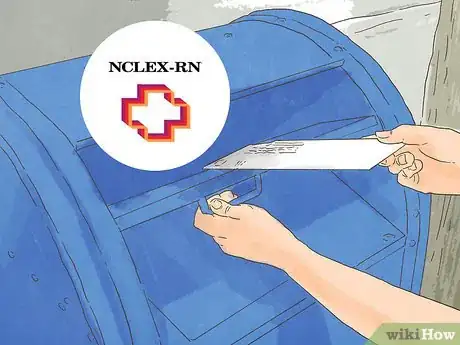
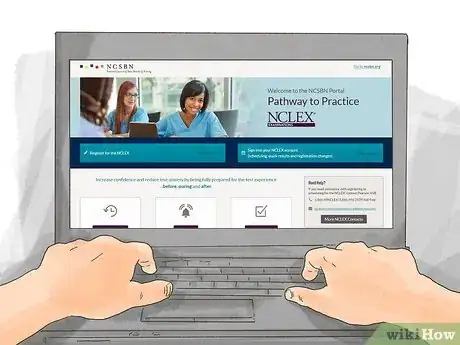





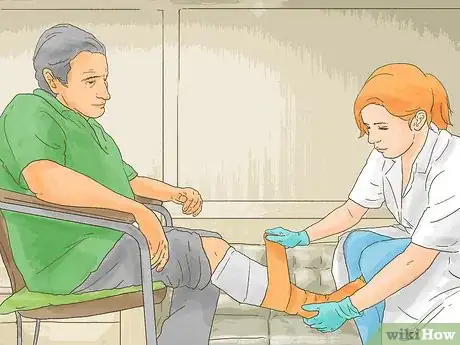

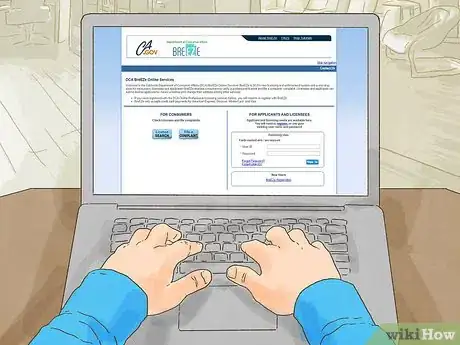



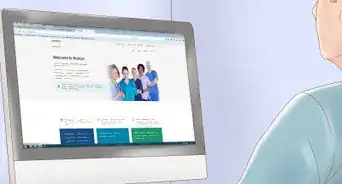



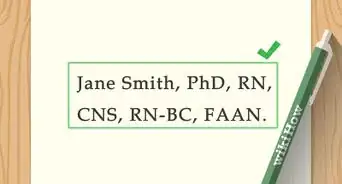


-Step-12-Version-2.webp)


-2.webp)











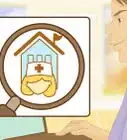




































Medical Disclaimer
The content of this article is not intended to be a substitute for professional medical advice, examination, diagnosis, or treatment. You should always contact your doctor or other qualified healthcare professional before starting, changing, or stopping any kind of health treatment.
Read More...